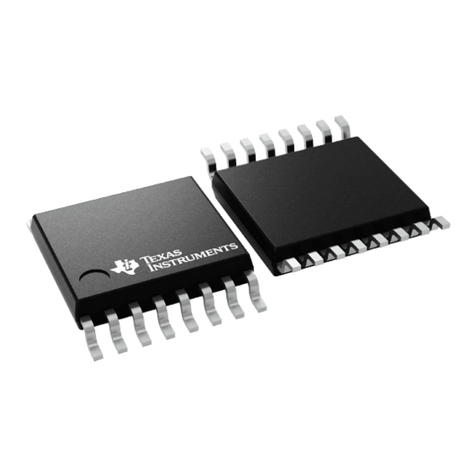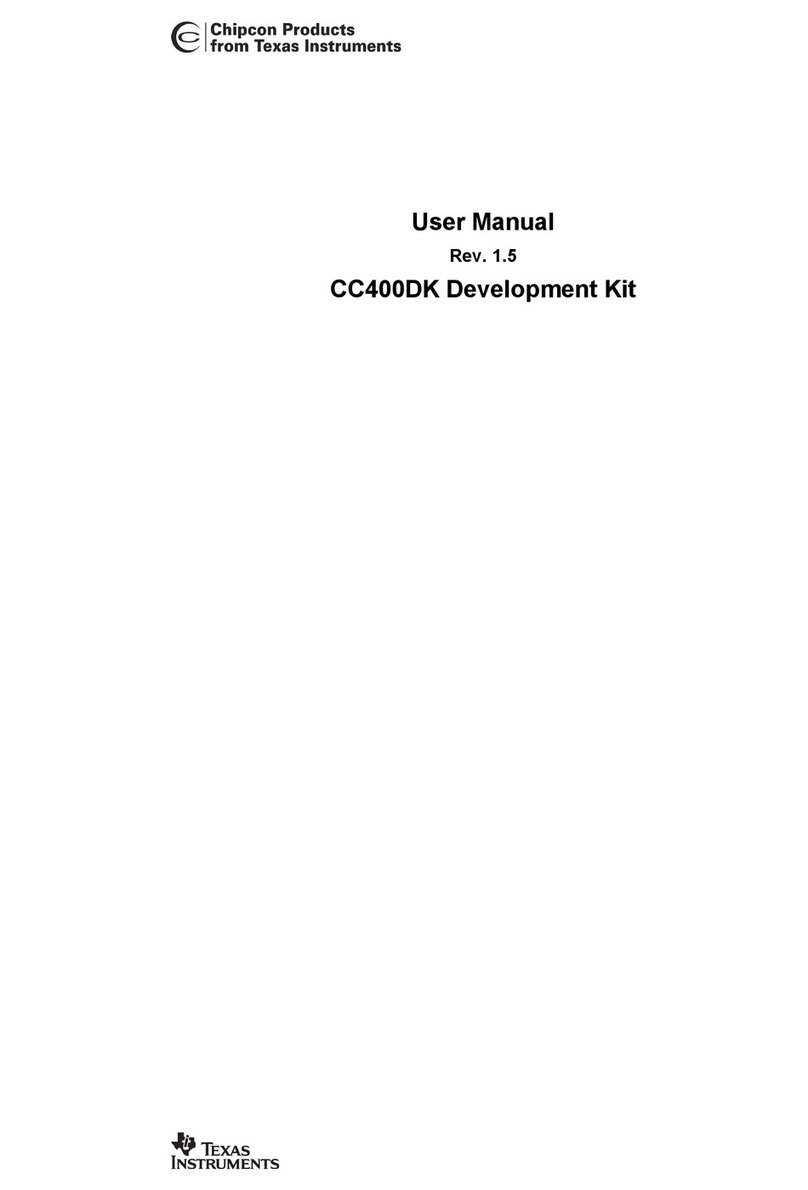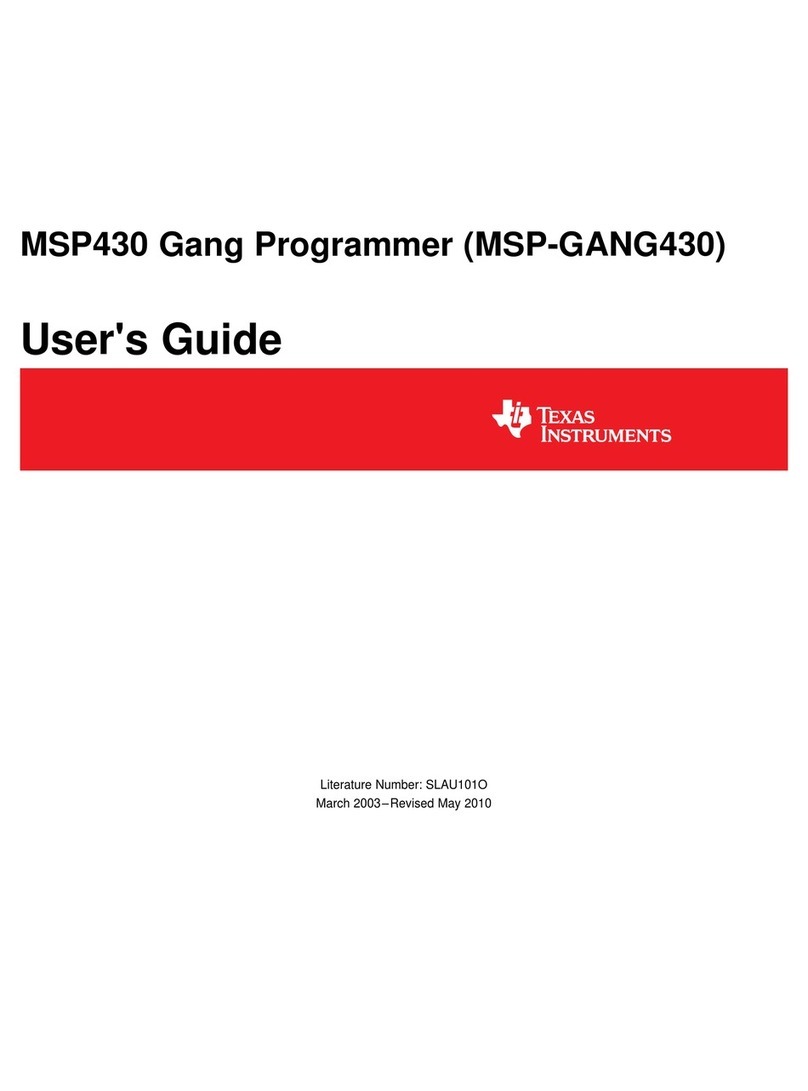Texas Instruments TPS53515EVM-PWR587 User manual
Other Texas Instruments Motherboard manuals
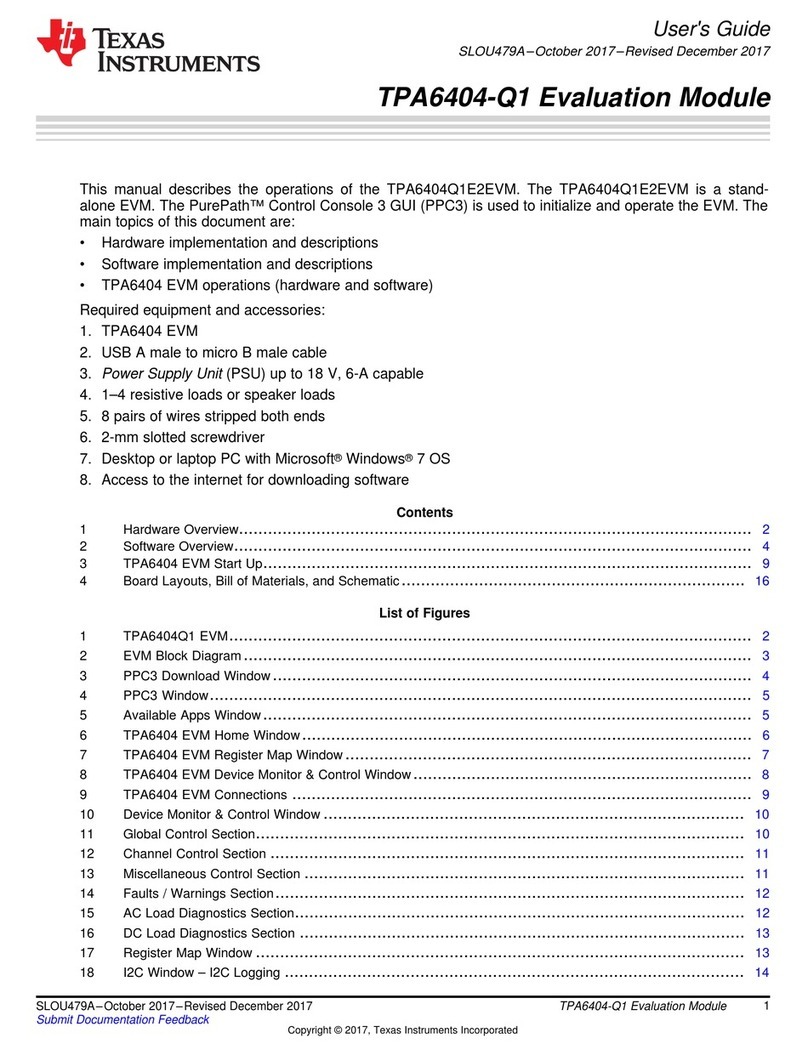
Texas Instruments
Texas Instruments TPA6404-Q1 User manual
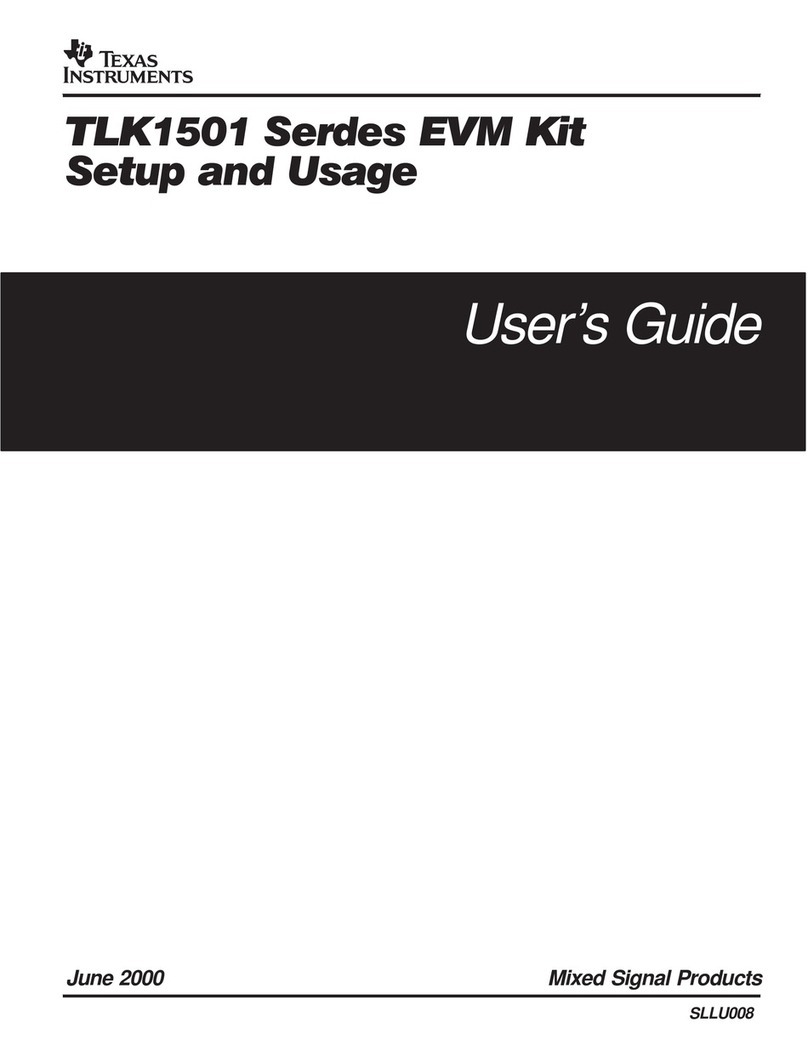
Texas Instruments
Texas Instruments TLK1501 User manual

Texas Instruments
Texas Instruments MSP432E411Y-BGAEVM User manual
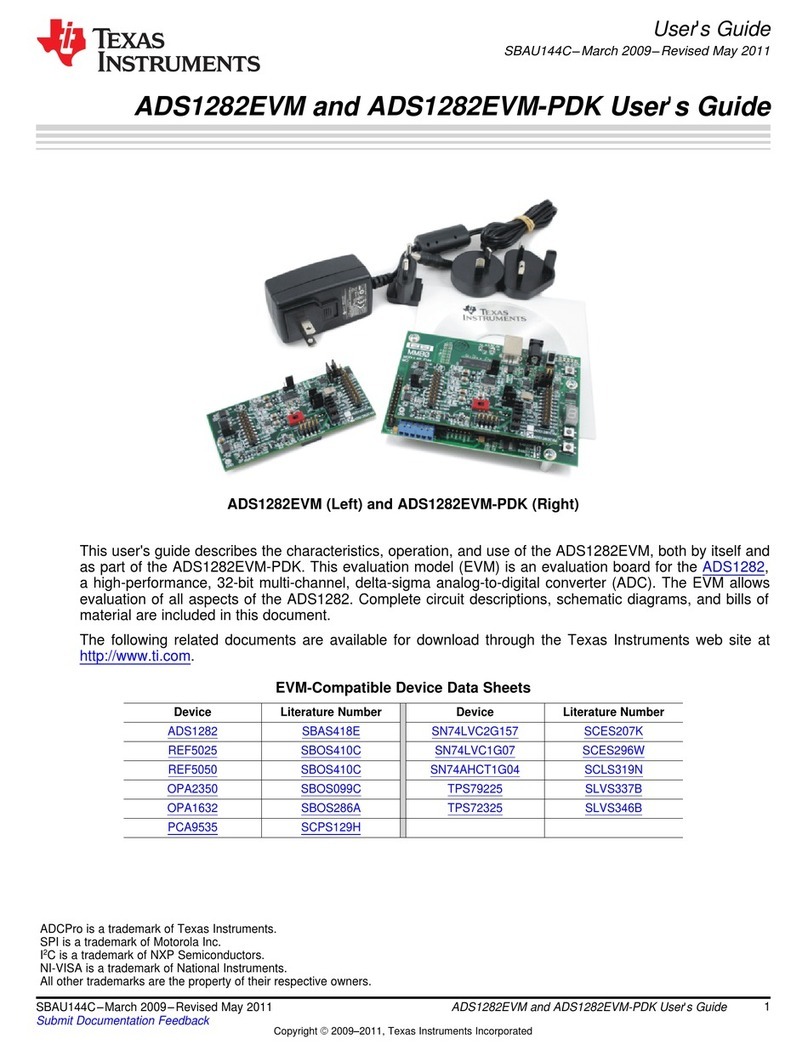
Texas Instruments
Texas Instruments ADS1282EVM User manual
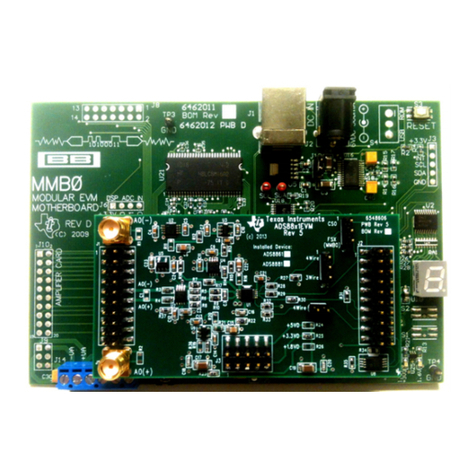
Texas Instruments
Texas Instruments ADS8881EVM-PDK User manual
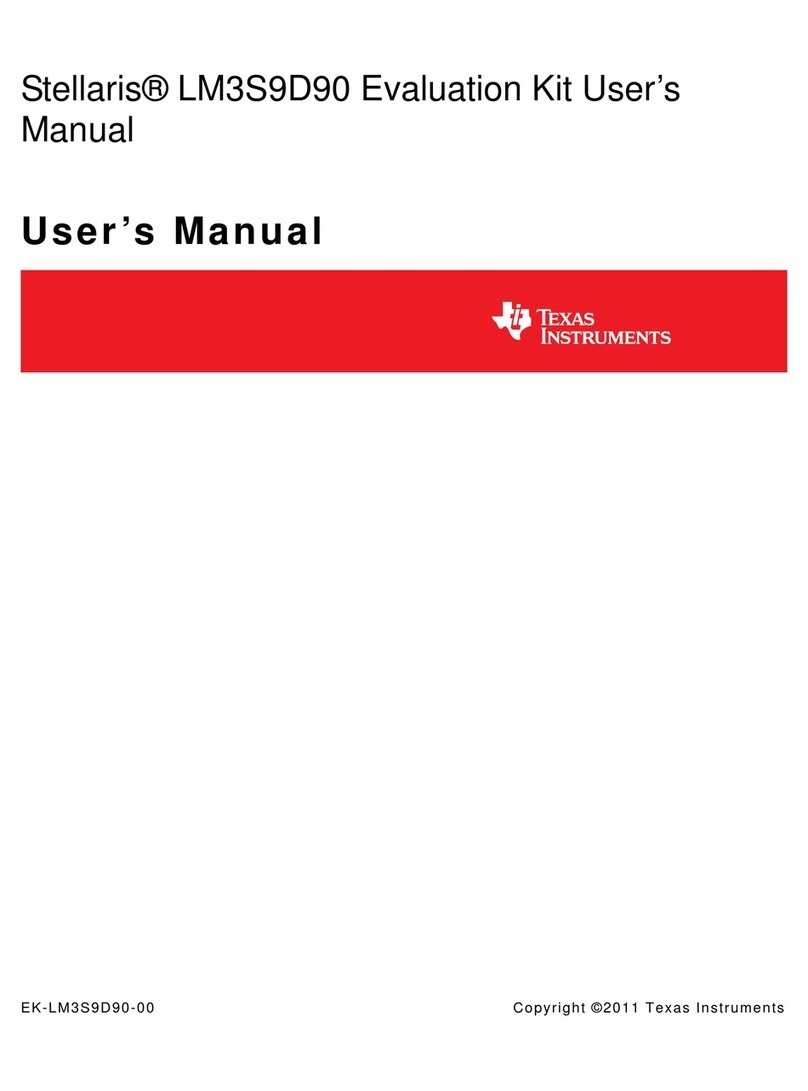
Texas Instruments
Texas Instruments Stellaris LM3S9D90 User manual
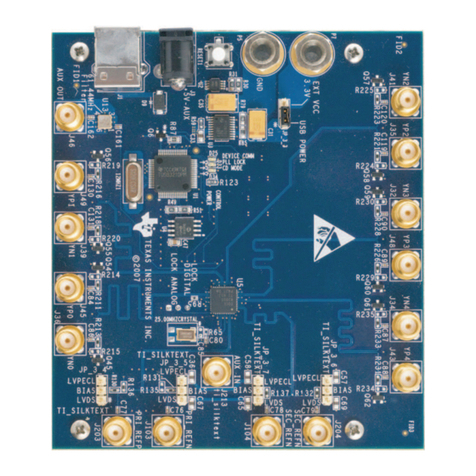
Texas Instruments
Texas Instruments CDCE62005 User manual

Texas Instruments
Texas Instruments TAS5441-Q1EVM User manual
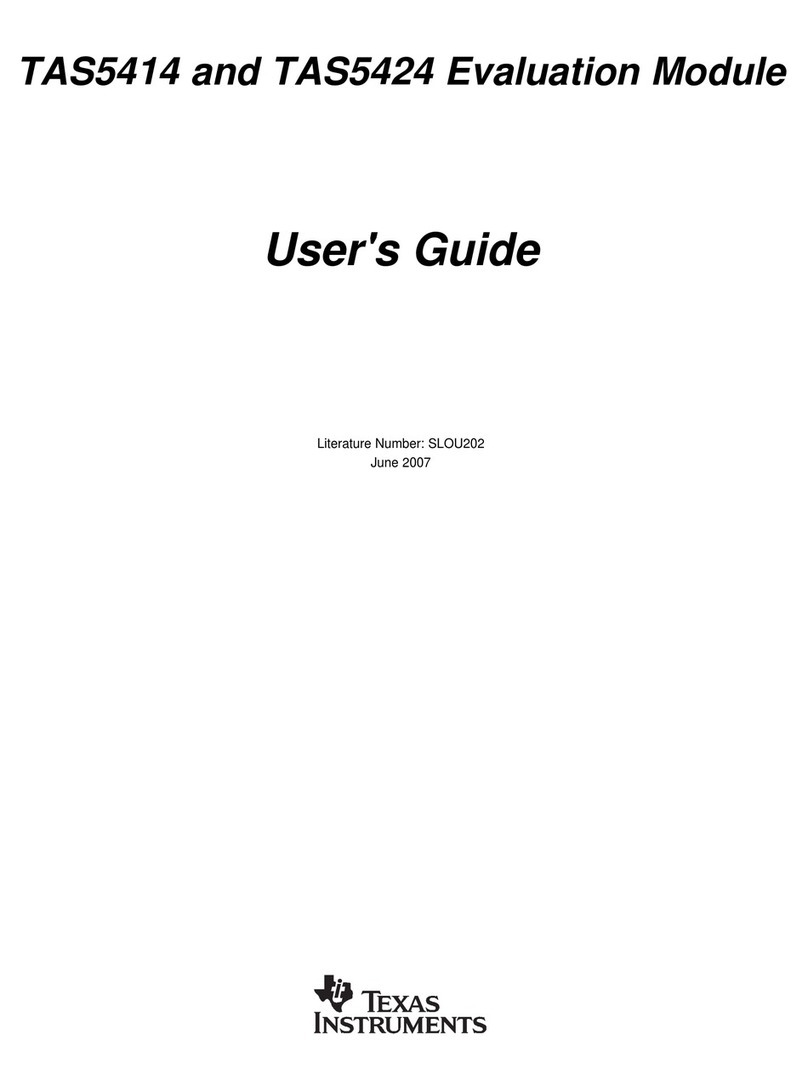
Texas Instruments
Texas Instruments TAS5424 User manual
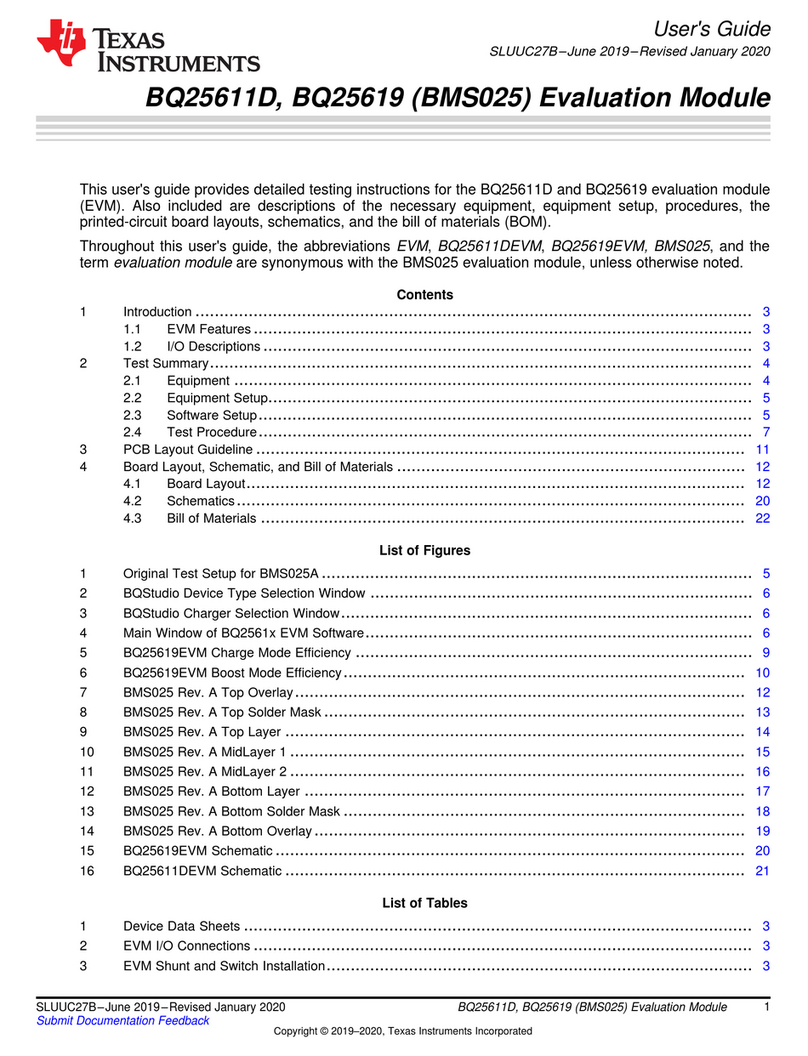
Texas Instruments
Texas Instruments BQ25611D User manual
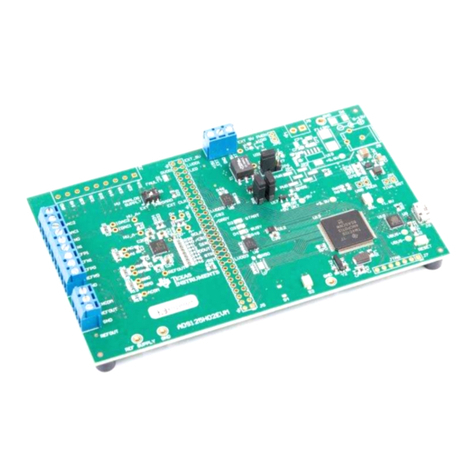
Texas Instruments
Texas Instruments ADS125H02 User manual
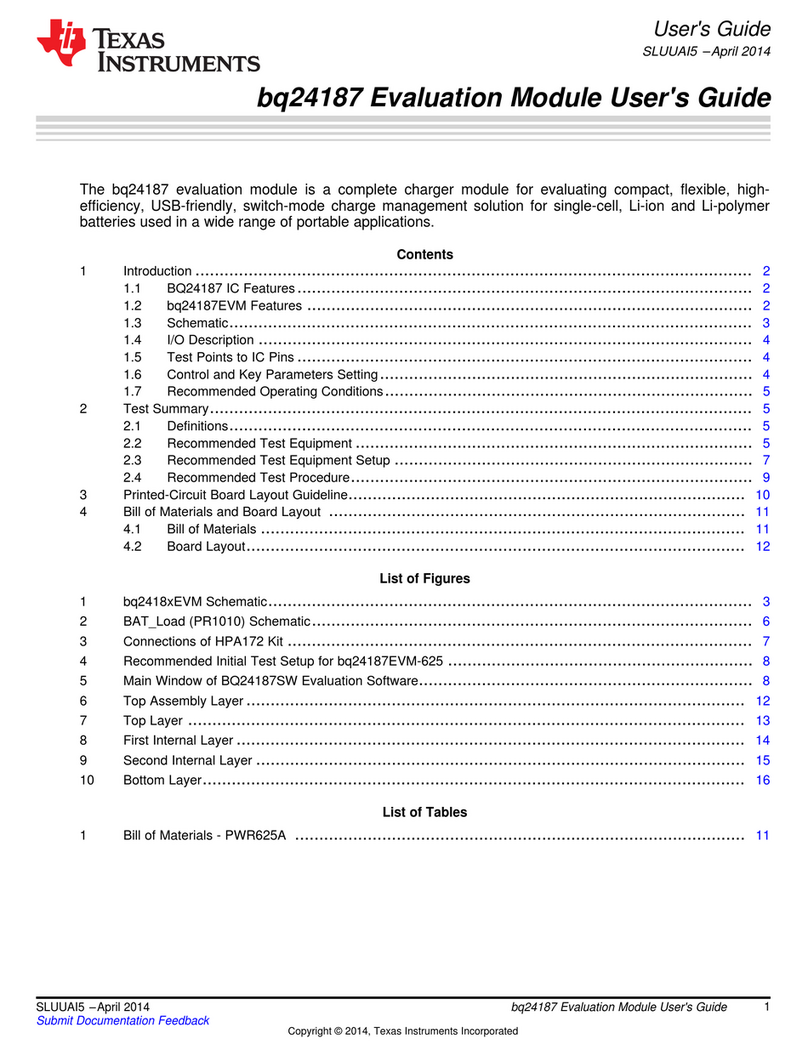
Texas Instruments
Texas Instruments bq24187 User manual
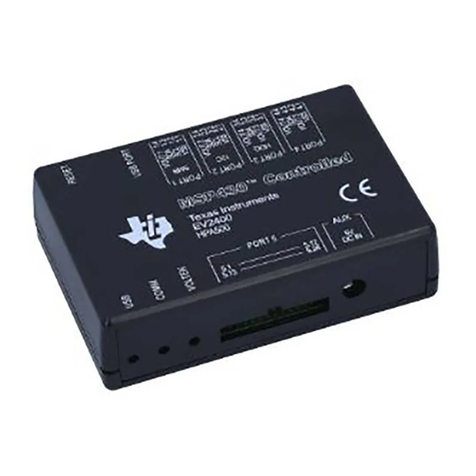
Texas Instruments
Texas Instruments EV2400 User manual
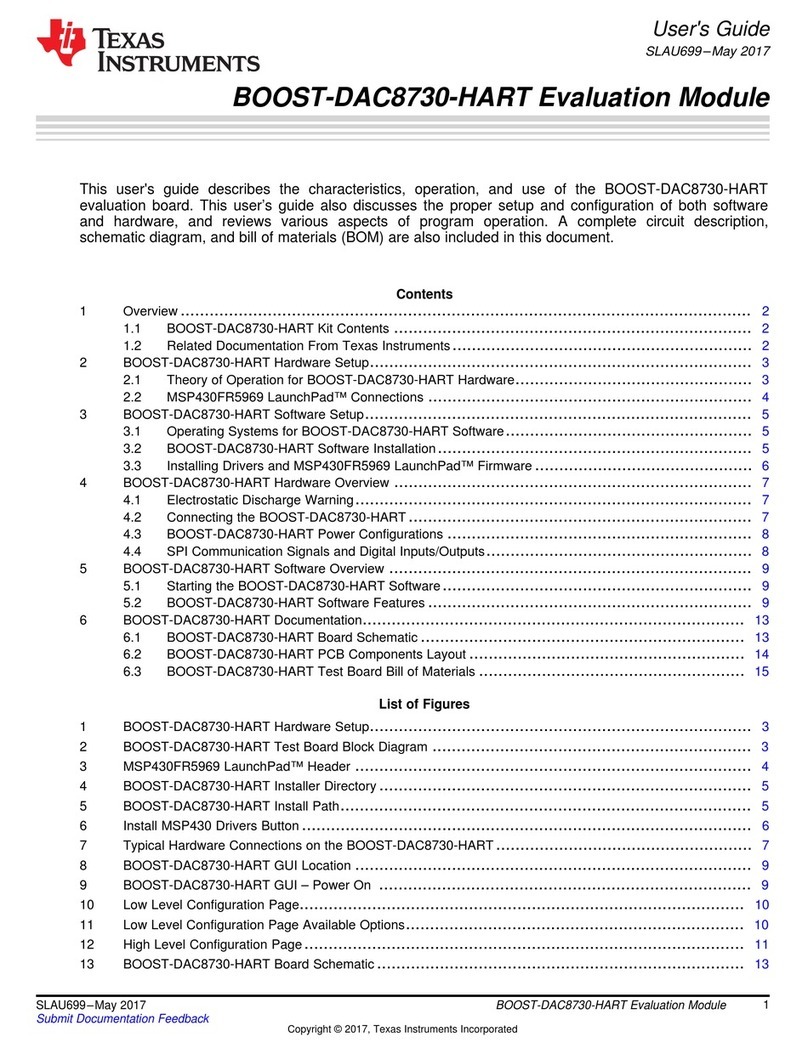
Texas Instruments
Texas Instruments BOOST-DAC8730-HART User manual
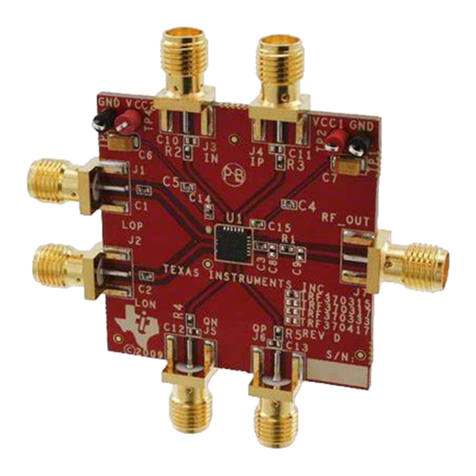
Texas Instruments
Texas Instruments TRF370315 User manual

Texas Instruments
Texas Instruments PGA112EVM User manual
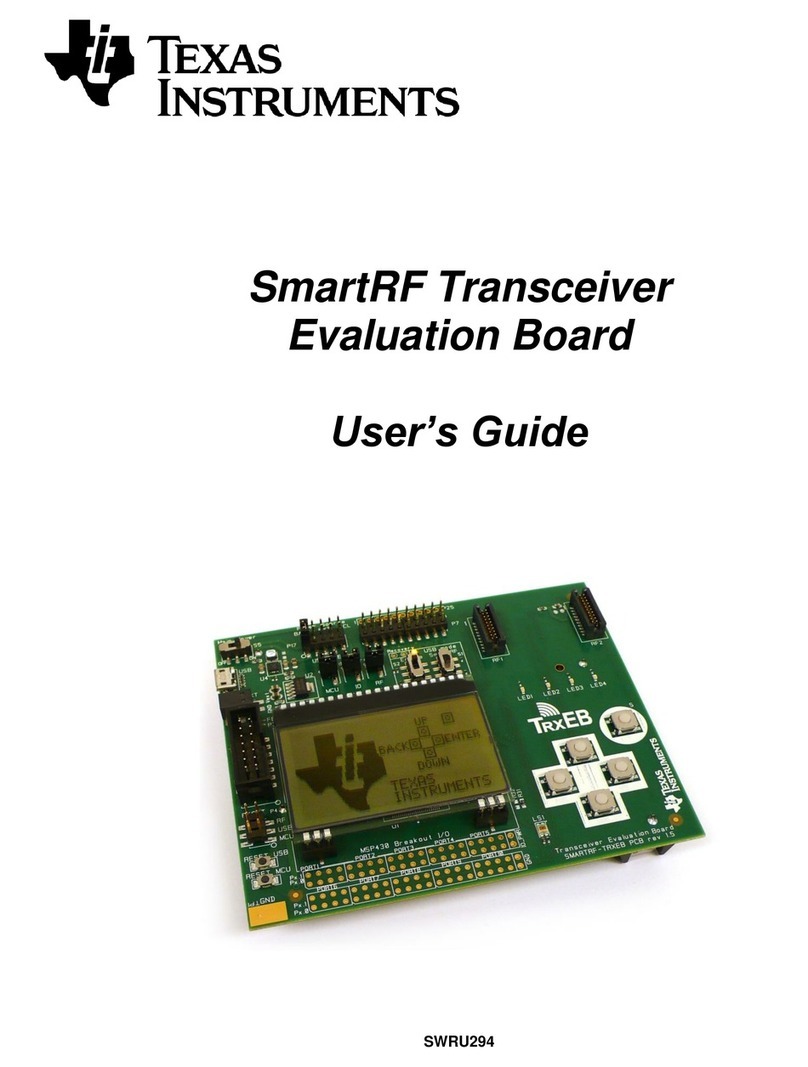
Texas Instruments
Texas Instruments SWRU294 User manual
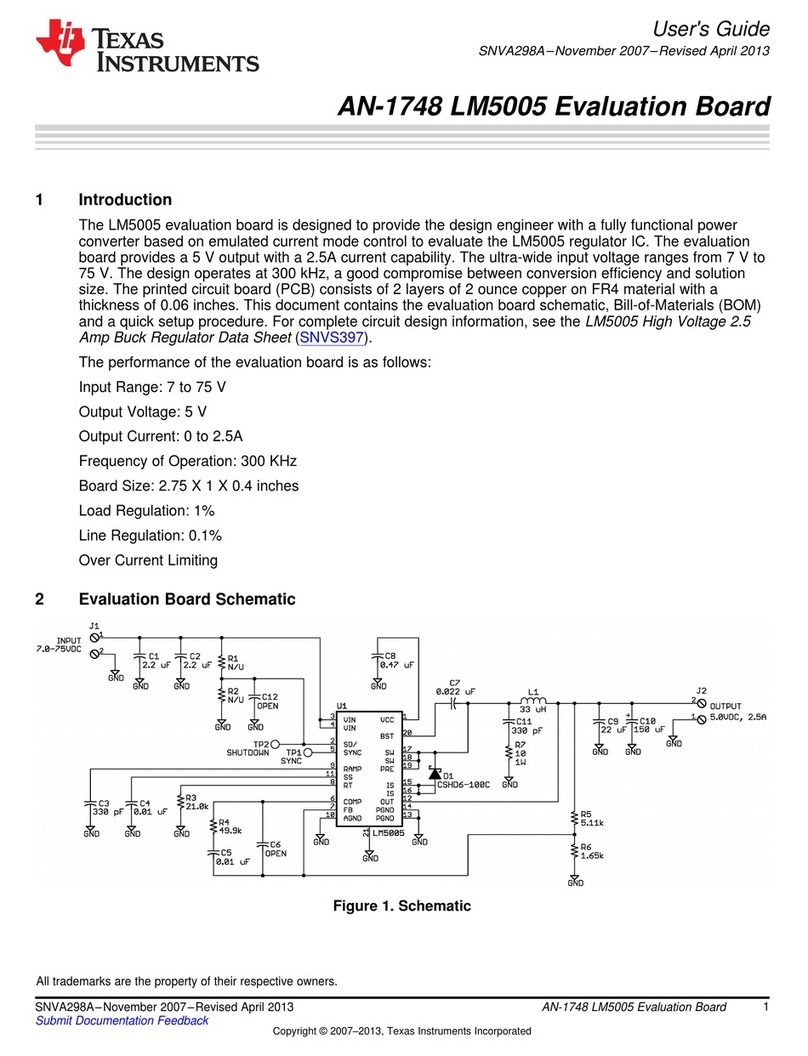
Texas Instruments
Texas Instruments LM5005 User manual
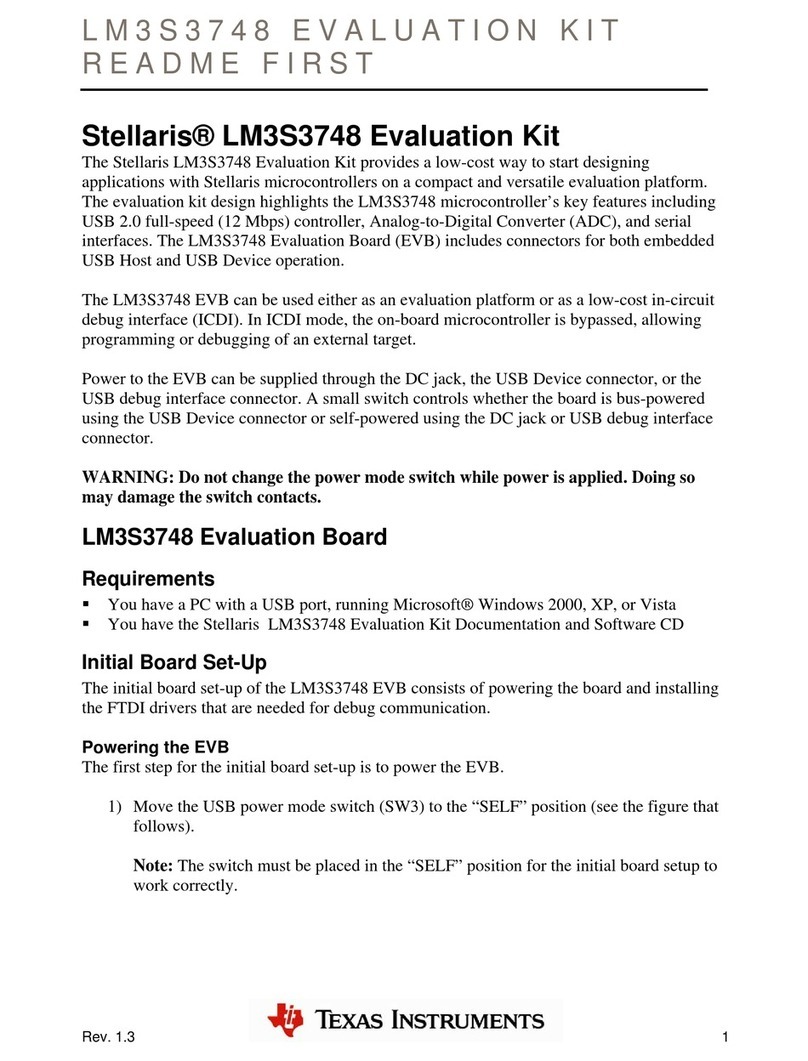
Texas Instruments
Texas Instruments Stellaris LM3S3748 Manual
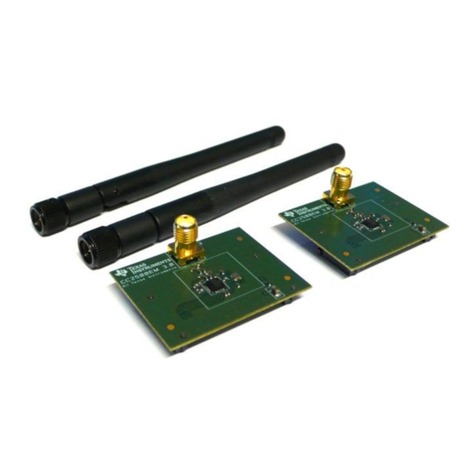
Texas Instruments
Texas Instruments CC2500EMK User manual

